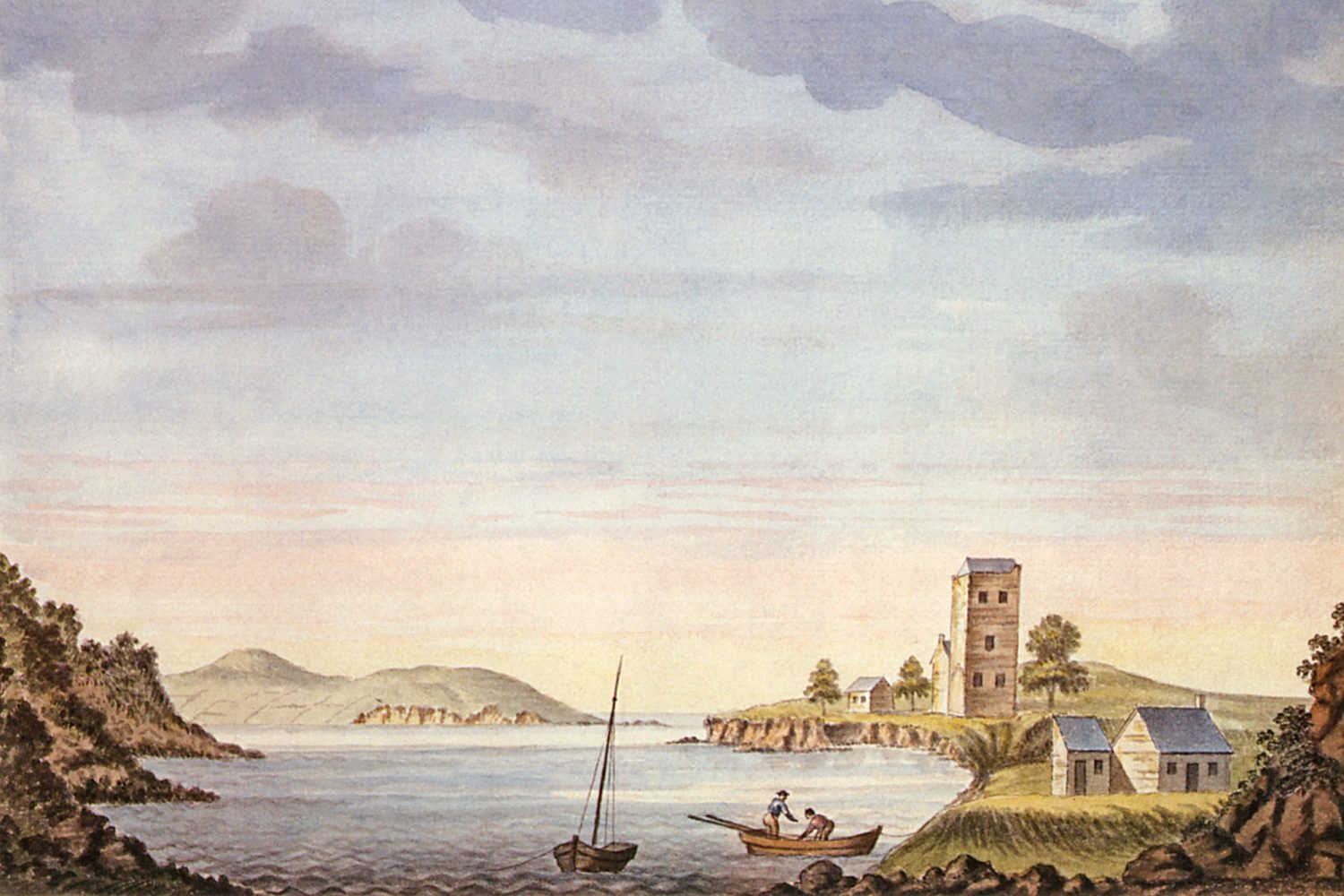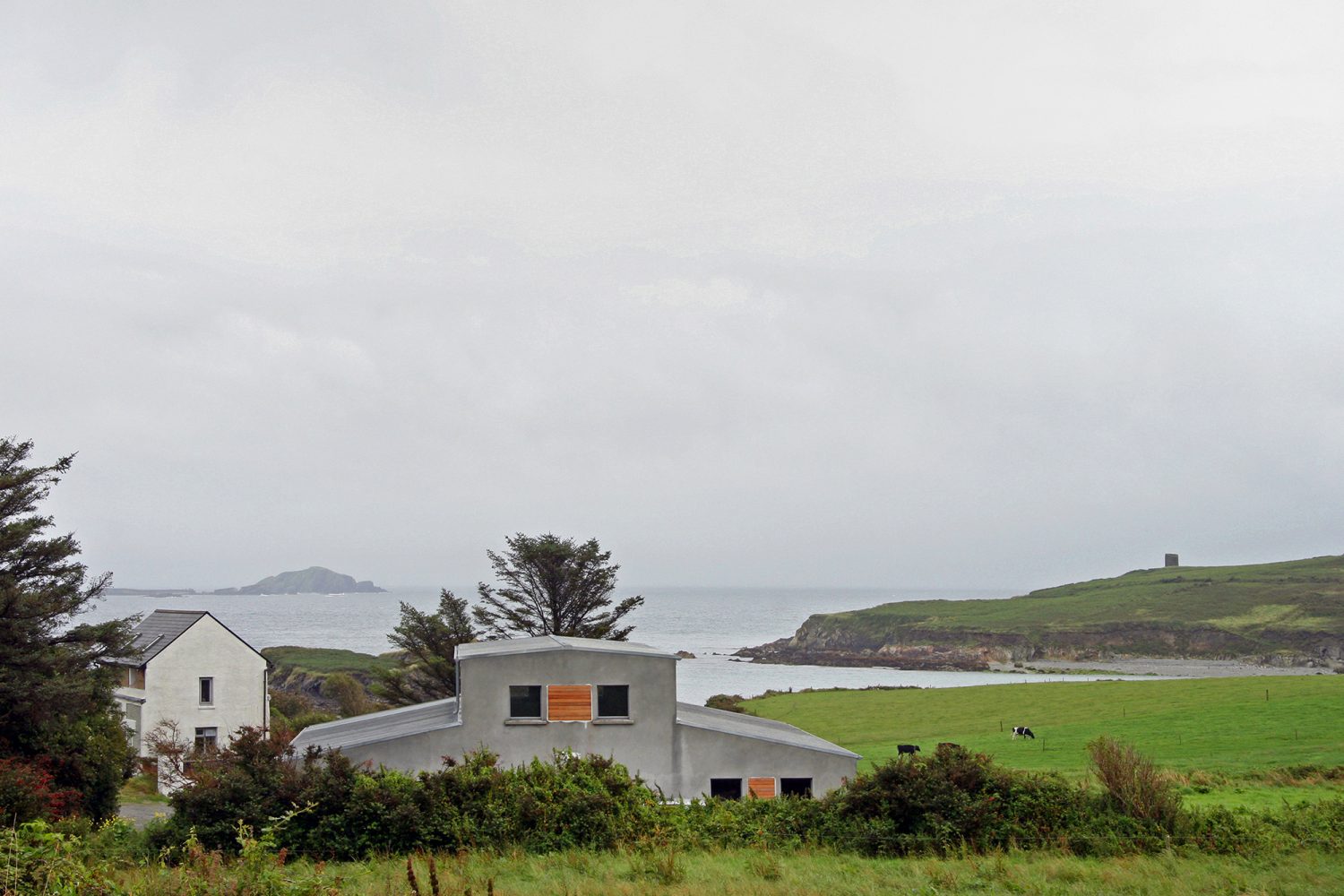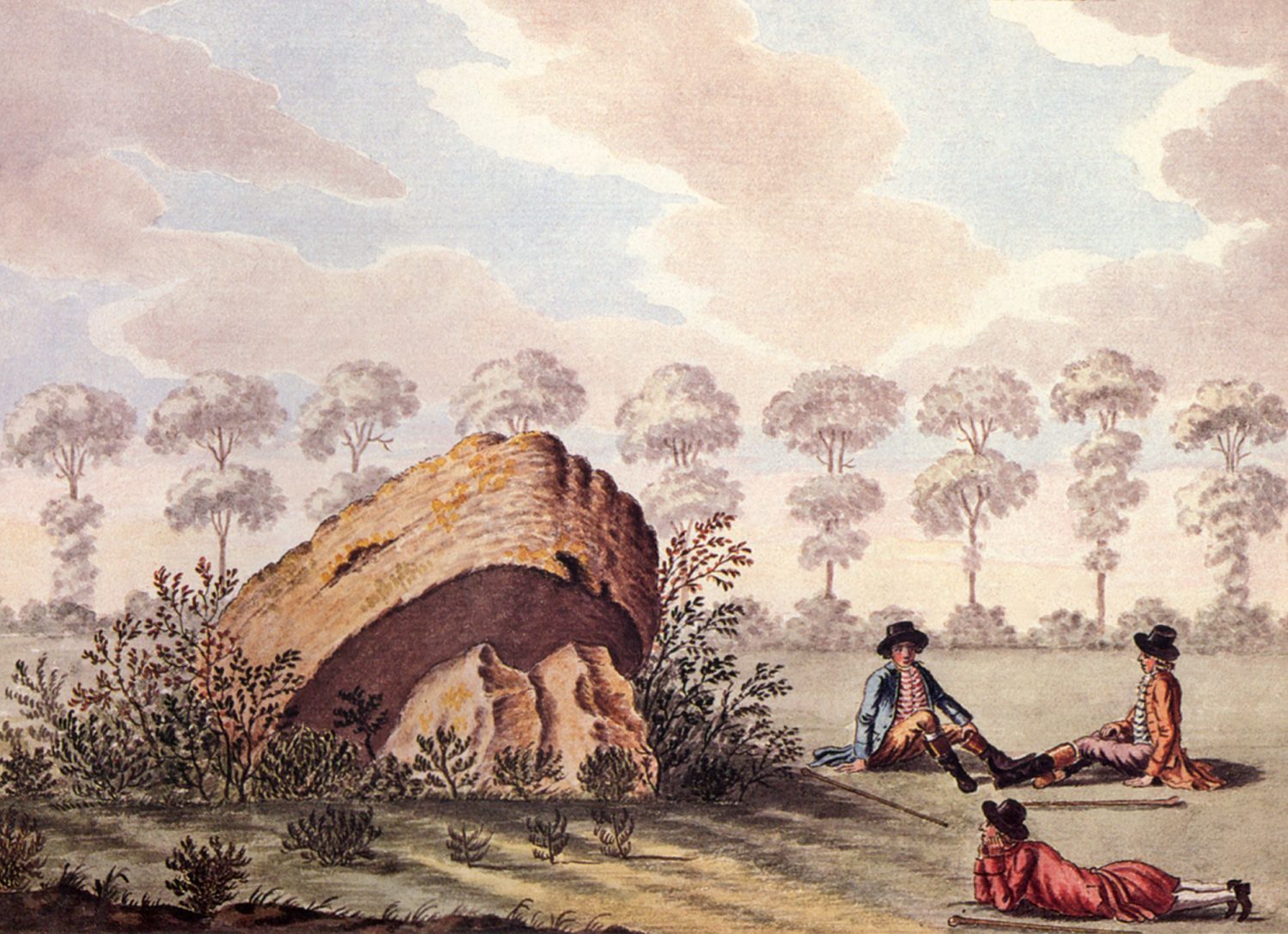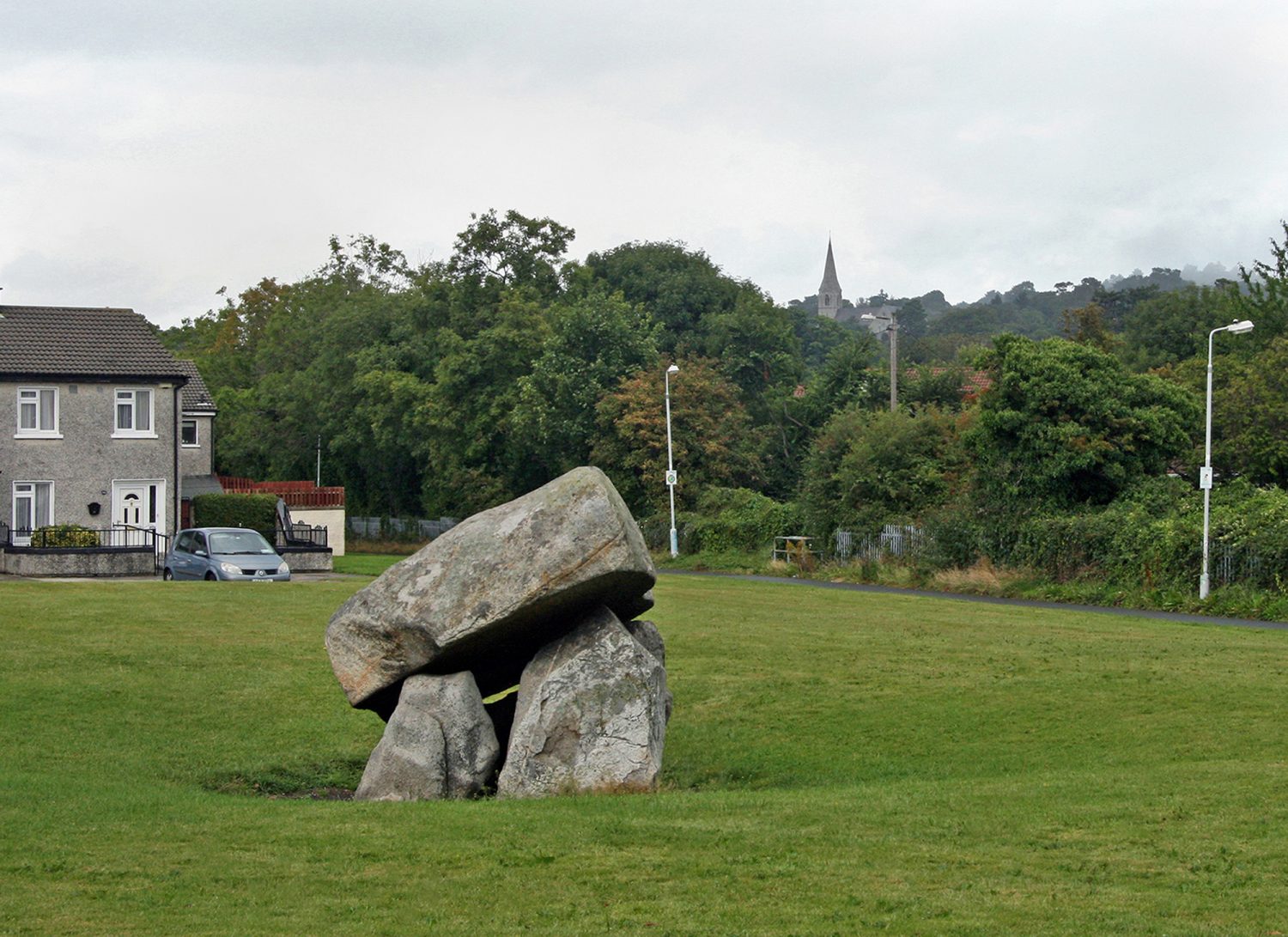As part of Lismore Castle Arts’ 2020 summer exhibition Stories From Lismore and Beyond, I’m exhibiting artworks from my After Beranger series.
Gabriel Beranger (1729–1817) was a Dutch Huguenot who settled in Dublin, made trips around Ireland to sketch megalithic monuments, ruined castles and abandoned monasteries before working up watercolours for sale. Jovially, he often illustrated the foreground of his compositions with images of gentry lying in the green grass or perhaps pointing with enthusiasm at a fascinating architectural feature. Sometimes he didn’t visit the place depicted, instead deciding to copy from other sources or drawings. This often resulted in exaggerated proportions of buildings, hills and trees, all for dramatic effect.
When presented at London’s Flat Time House in 2016, curator Sean Lynch wrote ‘After Beranger combines a selection of his images with contemporary updates of sites portrayed. A dolmen, found in an open field in the eighteenth century, is now positioned within suburbia. Another view of a bay and sea beyond is today compromised by the construction of a large holiday home. The constant warping and changes on these sites expand landscape into a fleeting animation or type of perpetual motion, something that can never be truly essential in pictorial form.’
Making a further critique of the use and representation of landscape, Lismore Castle Arts curator Paul McAree positioned After Berenger opposite a series of posters made by Paul Henry (1876–1958) in the gallery space. Henry, whose painterly depictions of the west of Ireland are greatly valued to this day, produced the series to promote travel in Ireland by rail in the 1920s, with each poster depicting archetypical scenes of soaring mountains, gleaming lakes and subtle greenery of the Irish landscape.



